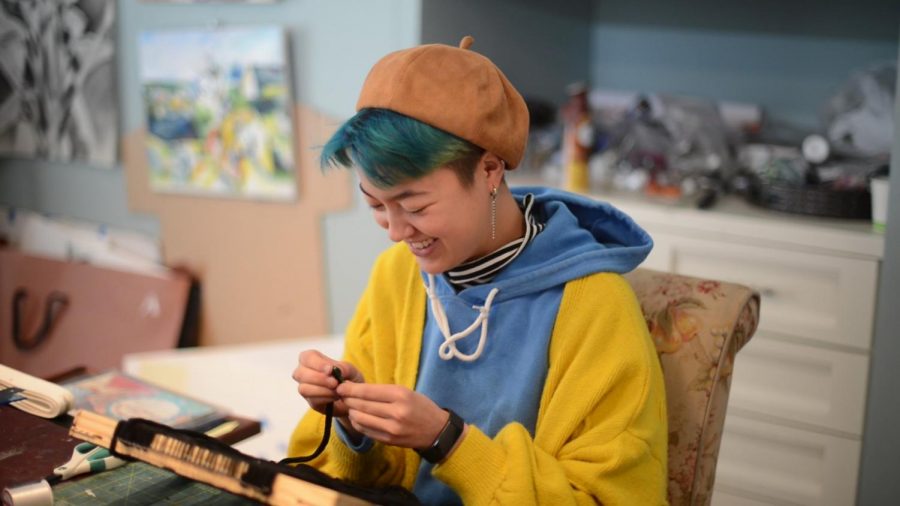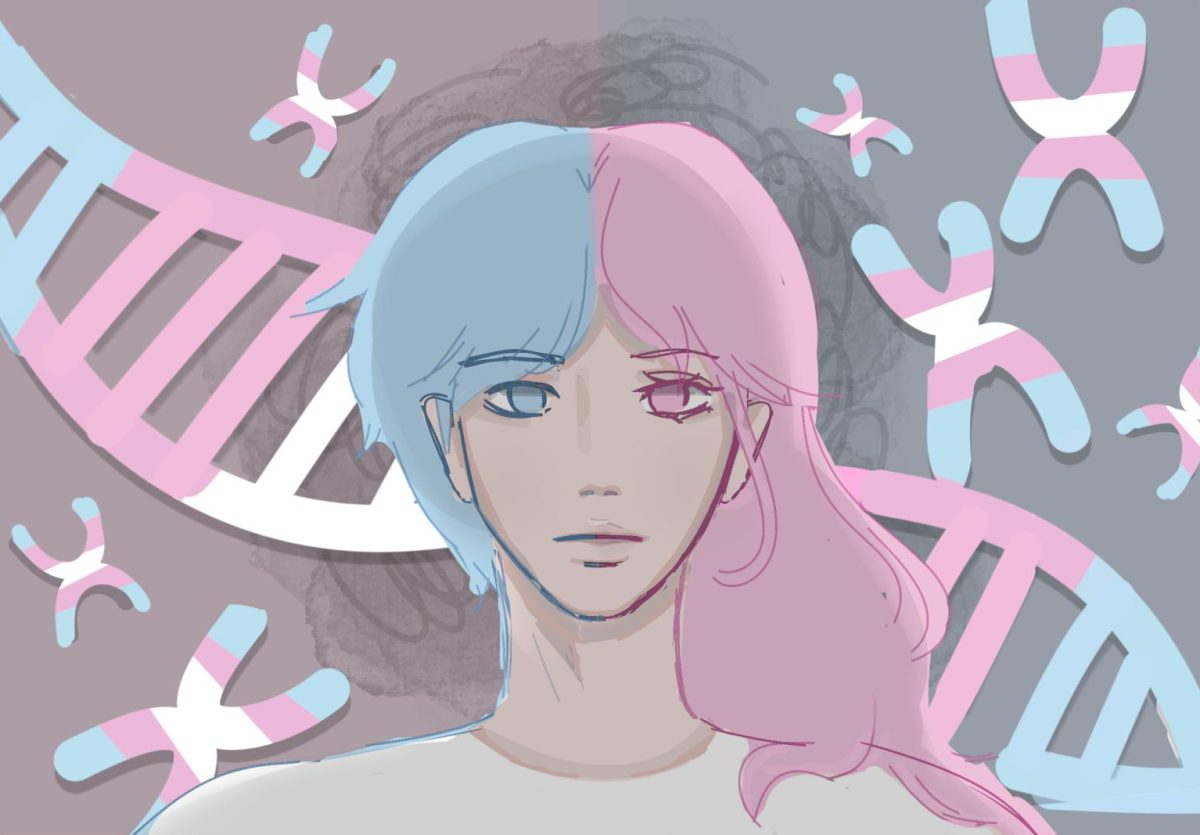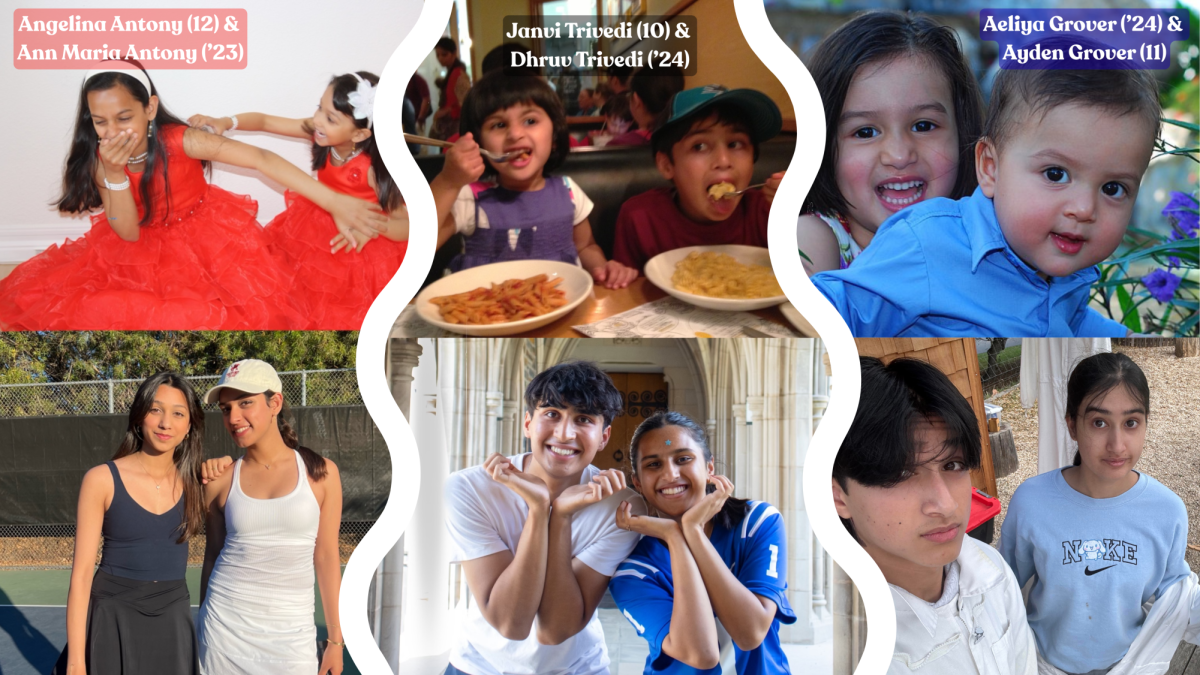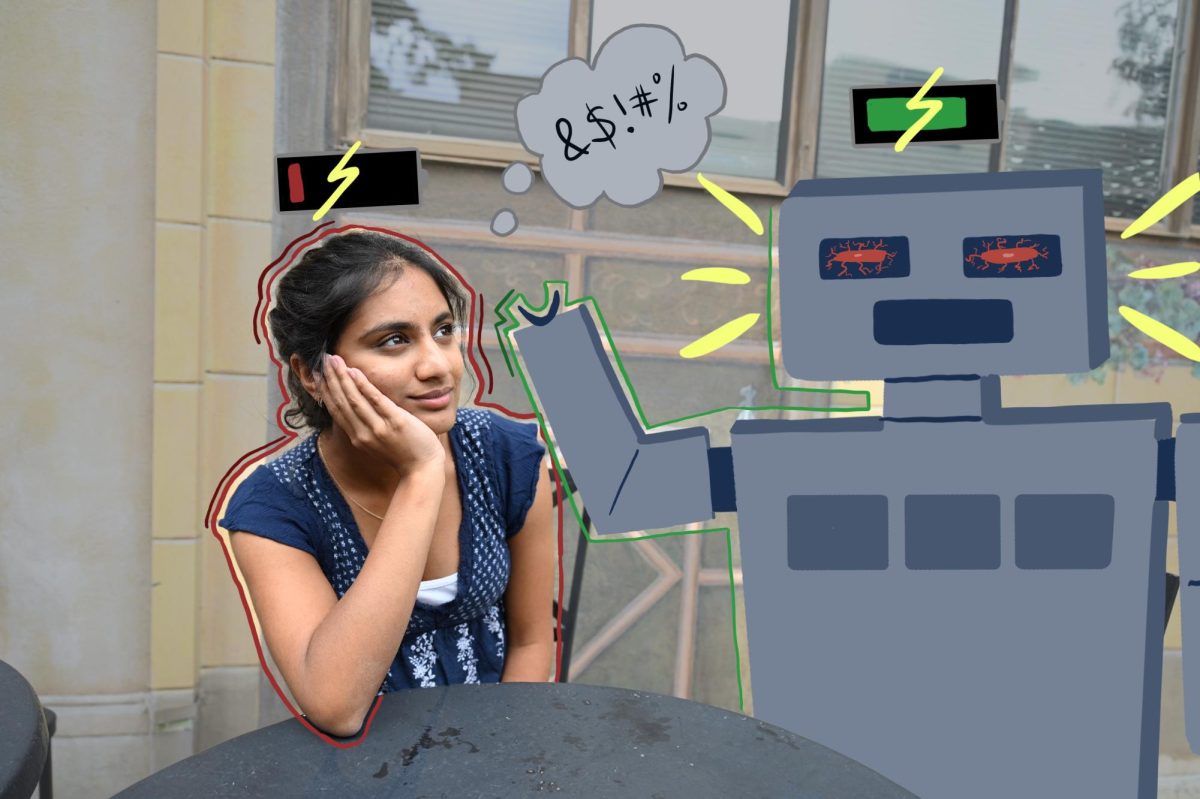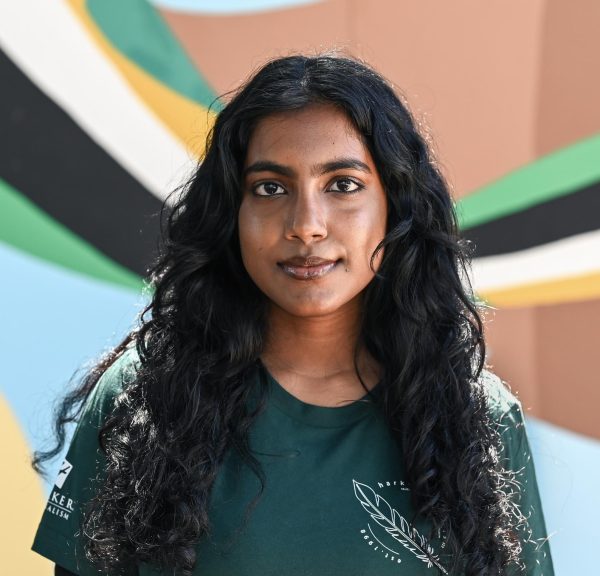While gender is often reduced to a binary of male and female, it is widely regarded as a social construct shaped by a combination of cultural and societal influences. Centuries-old stereotypes continue to pervade into today’s gender-normative culture, prevalent in how men and women should behave, dress and interact with others.
Senior Melody Yin, who has taken extracurricular Women and Gender Studies and debated on the topic, pointed out that many gender stereotypes evolve over time. Norms across different centuries contribute to society’s understanding of gender.
“Many of the typical signifiers we use to separate gender, like expressions of femininity through high heels and wearing pink for example, are actually quite arbitrary,” Melody said. “In the early 1900s, pink was actually considered masculine and blue was viewed as more feminine. In the 10th century, men would commonly wear heels as a way of symbolizing their social stature or even military prowess.”
A variety of regional cultures have continually shown that gender does not conform to binary standards. Around the world, gender expression manifests in different ways. Melody pointed out that acknowledging the wide spectrum of gender expression remains critical to shifting away from a Eurocentric perspective of the gender binary.
“Outside of the Eurocentric understanding of gender, many cultures actually acknowledge and even honor those who do not conform with the gender binary,” Melody said. “For example, the two-spirit people within indigenous North American communities, the hijra in South Asia and the fa’afafine in Samoa. Here in the United States, we have a more binary understanding, and so we exclude those who do not fit within it.”
Pervasive but arbitrary gender stereotypes operate on the basis of only two genders existing. Such stereotypes further ingrain the understanding of gender as a binary category, excluding individuals in society who don’t conform to either. Intersex individuals stand as one such prominent group of individuals.
Intersex individuals exist in the spectrum of gender and are born with variations in sex characteristics, like chromosomes or reproductive features, that do not align with typical standards of male or female.
Biology teacher and Transgender Affinity Group adviser Eric Johnson emphasized that intersex people are often overlooked and ignored.
“Intersex people make up five million people in this world,” Teacher Johnson said. “And that’s just the people who are not XX or XY. You cannot ignore that. There are trans people and there are non-binary people, and [you need to] incorporate that personhood into your life.”
Melody also commented on the importance of recognizing intersex individuals and shedding the mindset of viewing gender as a binary.
“Even something like sex, which people used to think was very binary — either you have XX or XY — isn’t that simple,” Melody said. “Intersex people exist, and it’s important that we recognize that and acknowledge it in our understanding of sex.”
As conversations around gender identity continue to grow, FEM Club president Sofia Shah (11) emphasizes the importance of understanding the cultural and biological aspects of gender. Questions about agency, especially for individuals who navigate the gender spectrum, have become central to the dialogue.
“A lot of people are especially worried for youth who are undergoing these types of biological changes,” Sofia said. “What needs to be talked about more is the rights that somebody has and who gets to make those decisions. We’re starting to see different types of genders than we have ever before.”
Additional reporting by Tiffany Zhu.


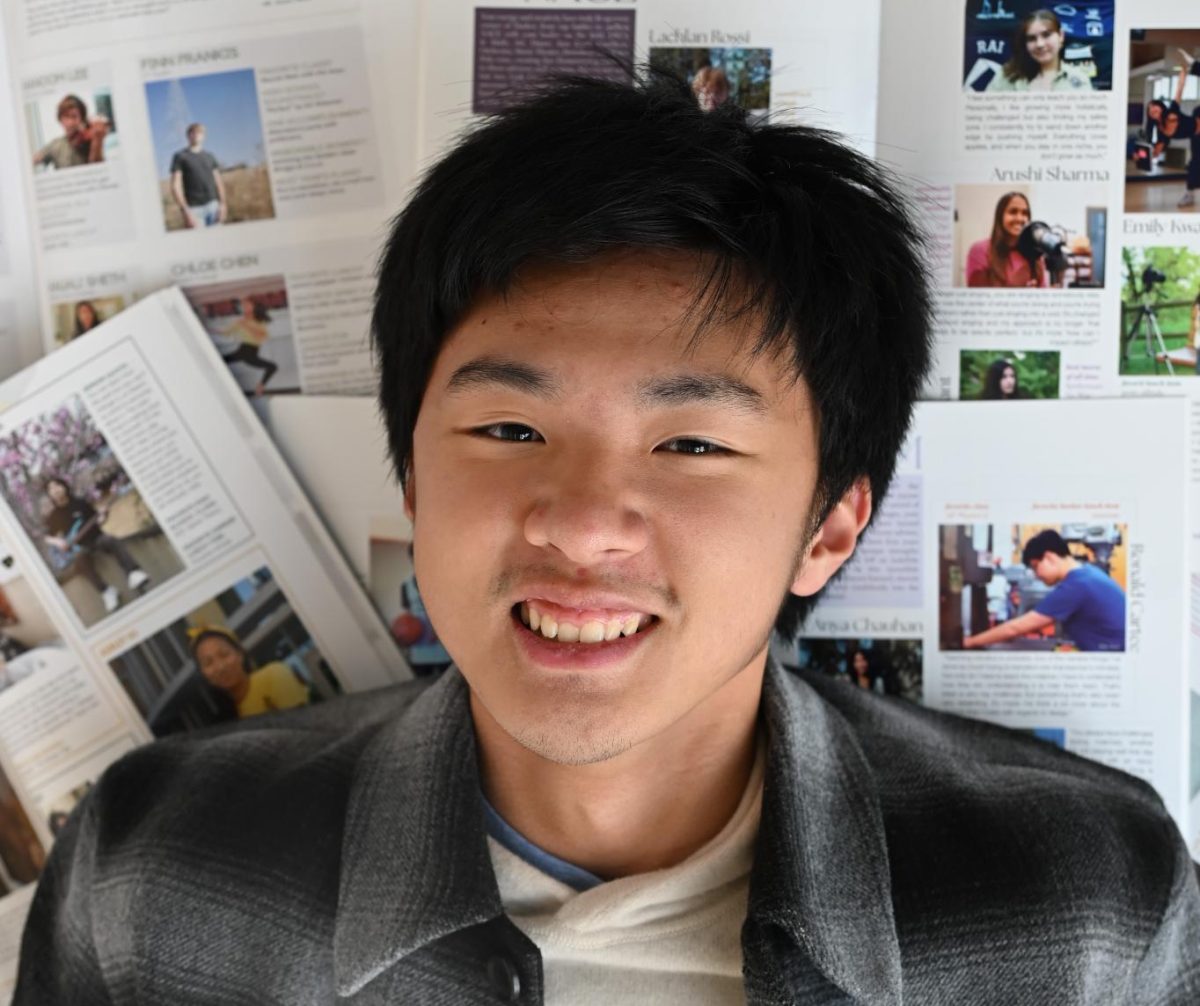
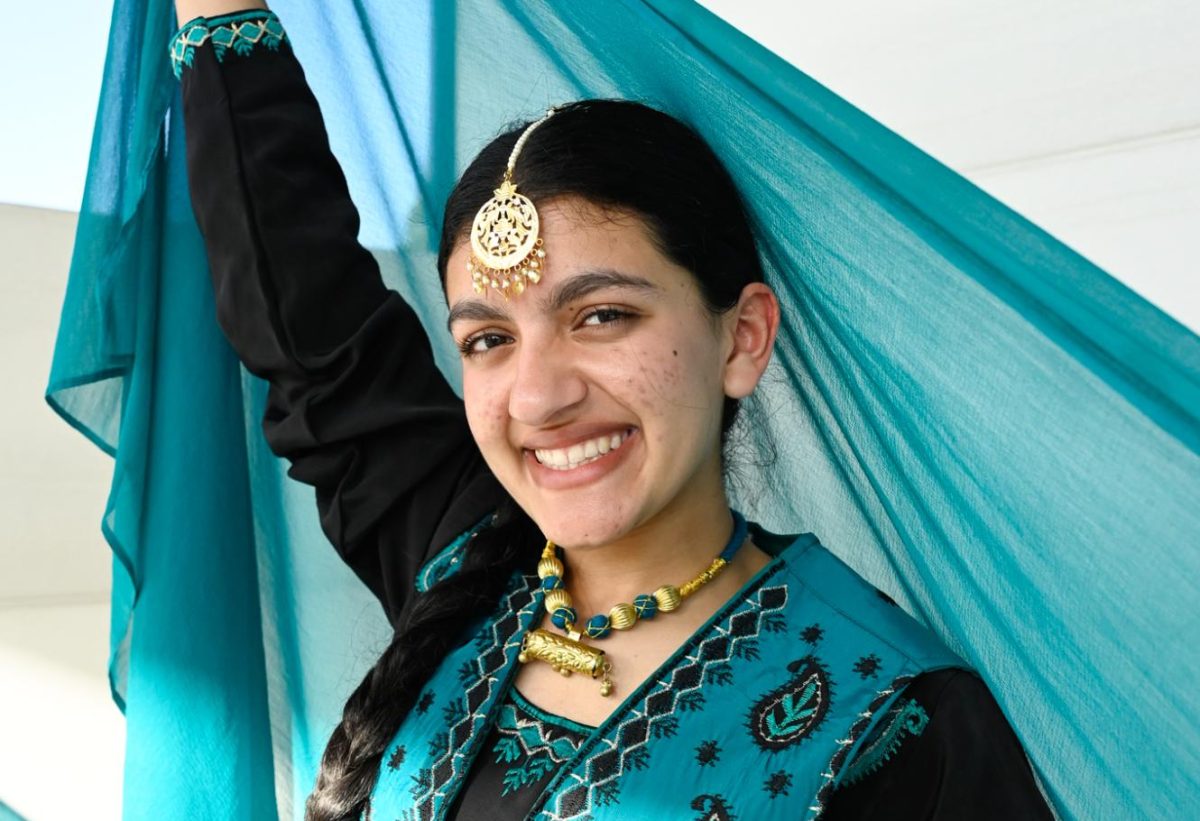
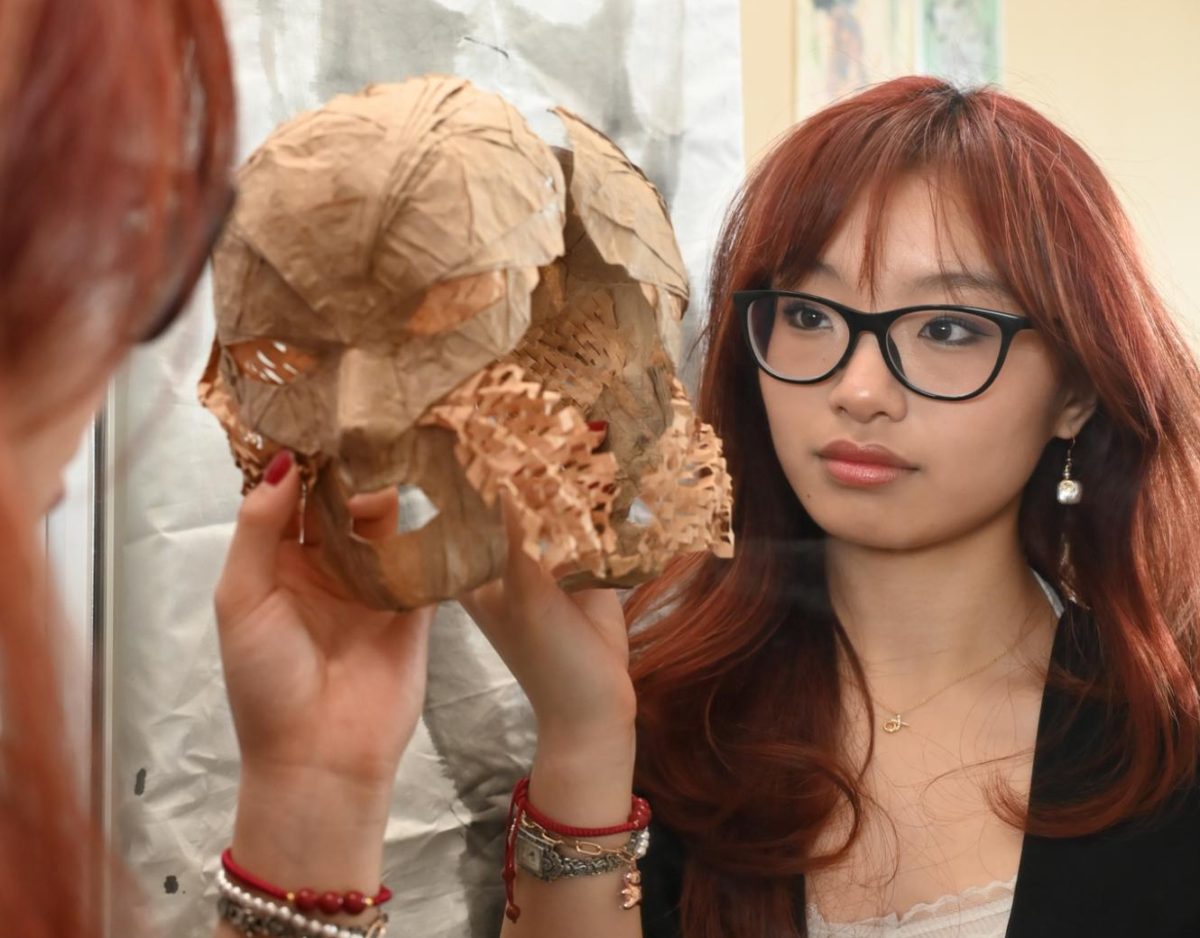





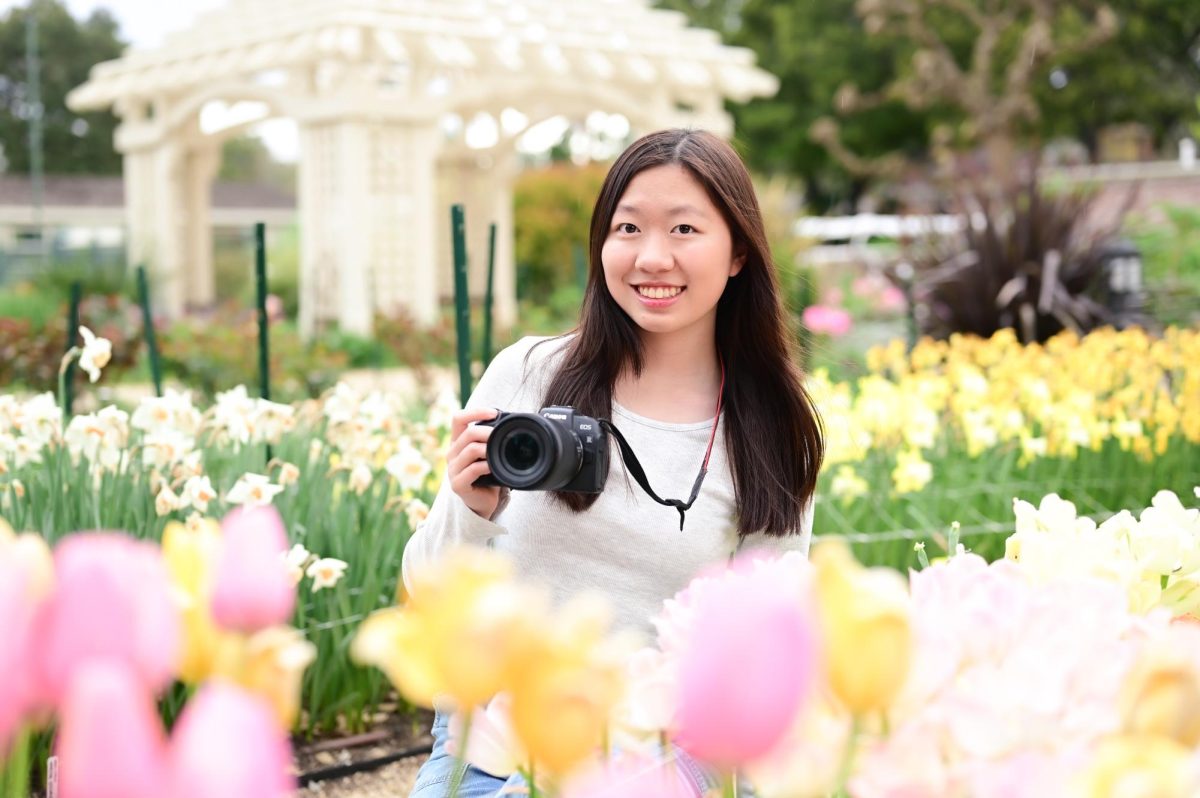

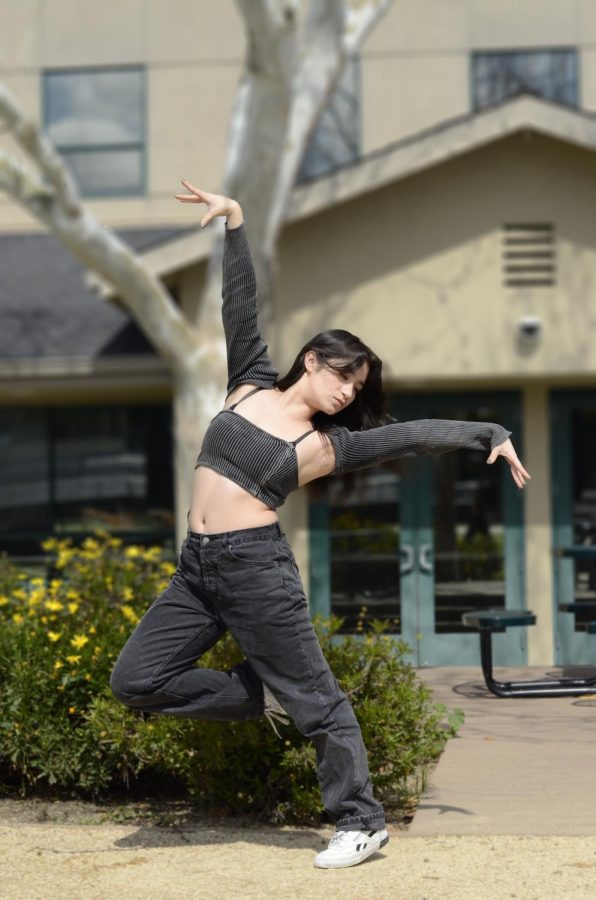




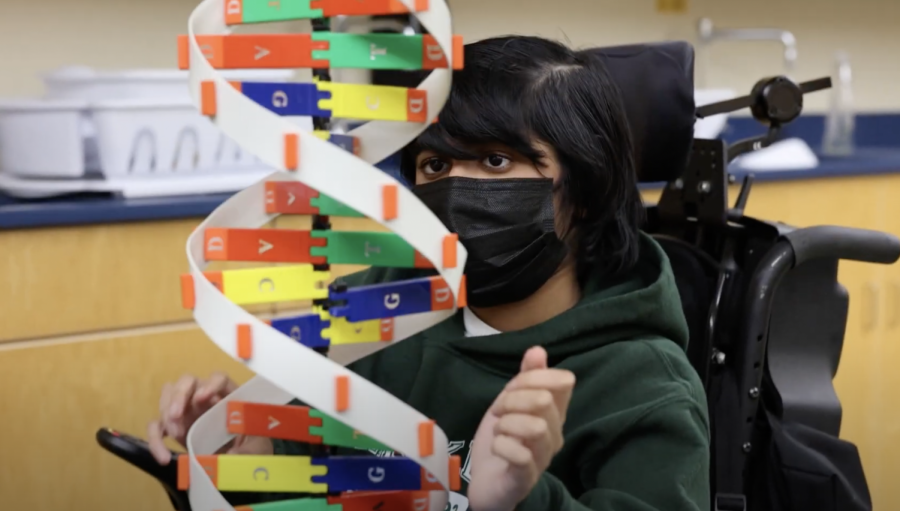
![“[Building nerf blasters] became this outlet of creativity for me that hasn't been matched by anything else. The process [of] making a build complete to your desire is such a painstakingly difficult process, but I've had to learn from [the skills needed from] soldering to proper painting. There's so many different options for everything, if you think about it, it exists. The best part is [that] if it doesn't exist, you can build it yourself," Ishaan Parate said.](https://harkeraquila.com/wp-content/uploads/2022/08/DSC_8149-900x604.jpg)
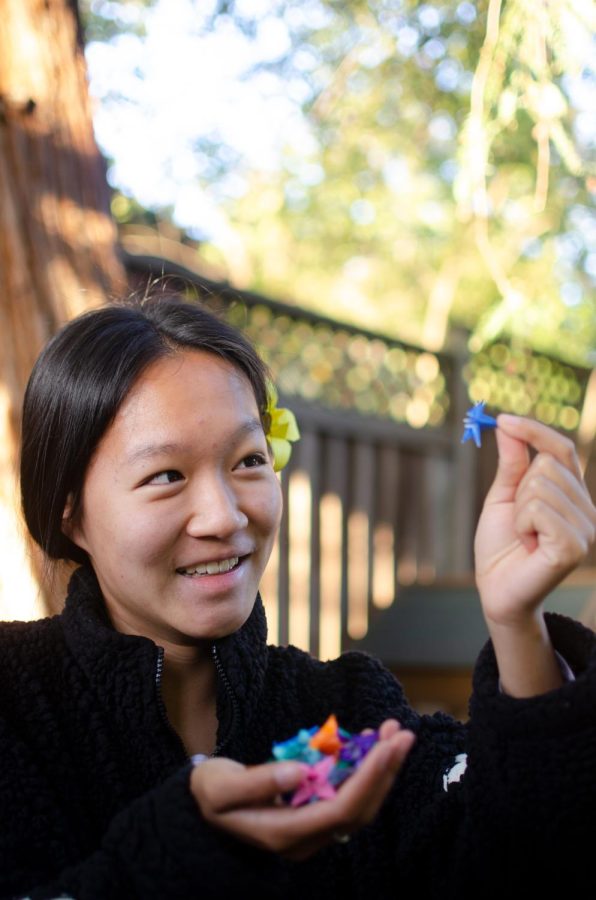


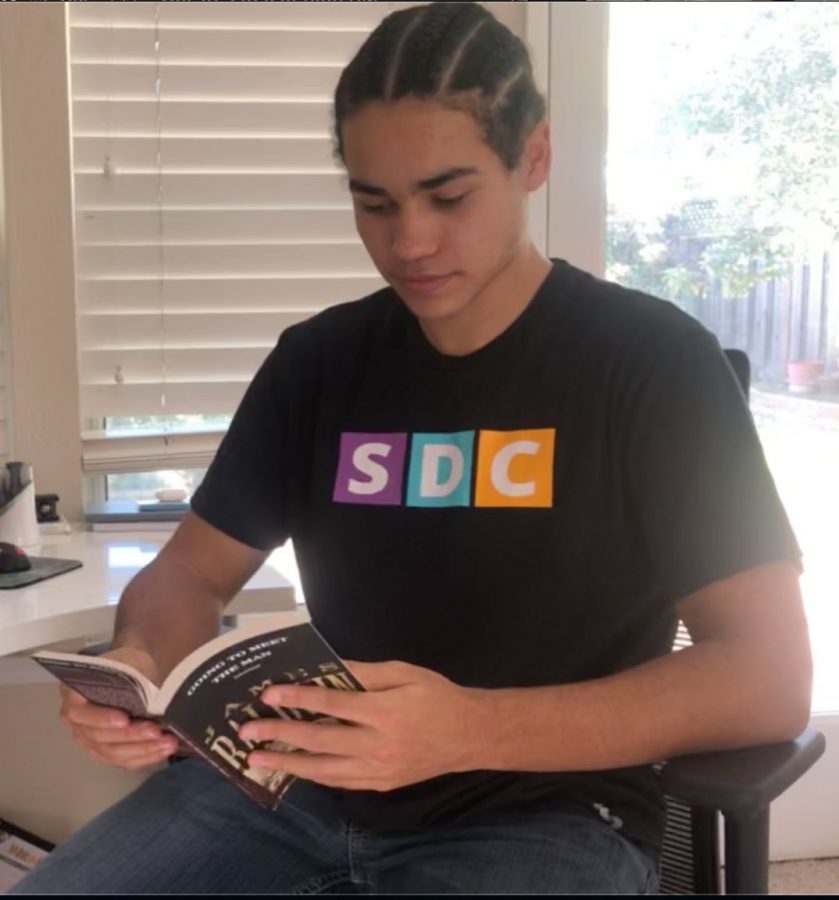
![“When I came into high school, I was ready to be a follower. But DECA was a game changer for me. It helped me overcome my fear of public speaking, and it's played such a major role in who I've become today. To be able to successfully lead a chapter of 150 students, an officer team and be one of the upperclassmen I once really admired is something I'm [really] proud of,” Anvitha Tummala ('21) said.](https://harkeraquila.com/wp-content/uploads/2021/07/Screen-Shot-2021-07-25-at-9.50.05-AM-900x594.png)
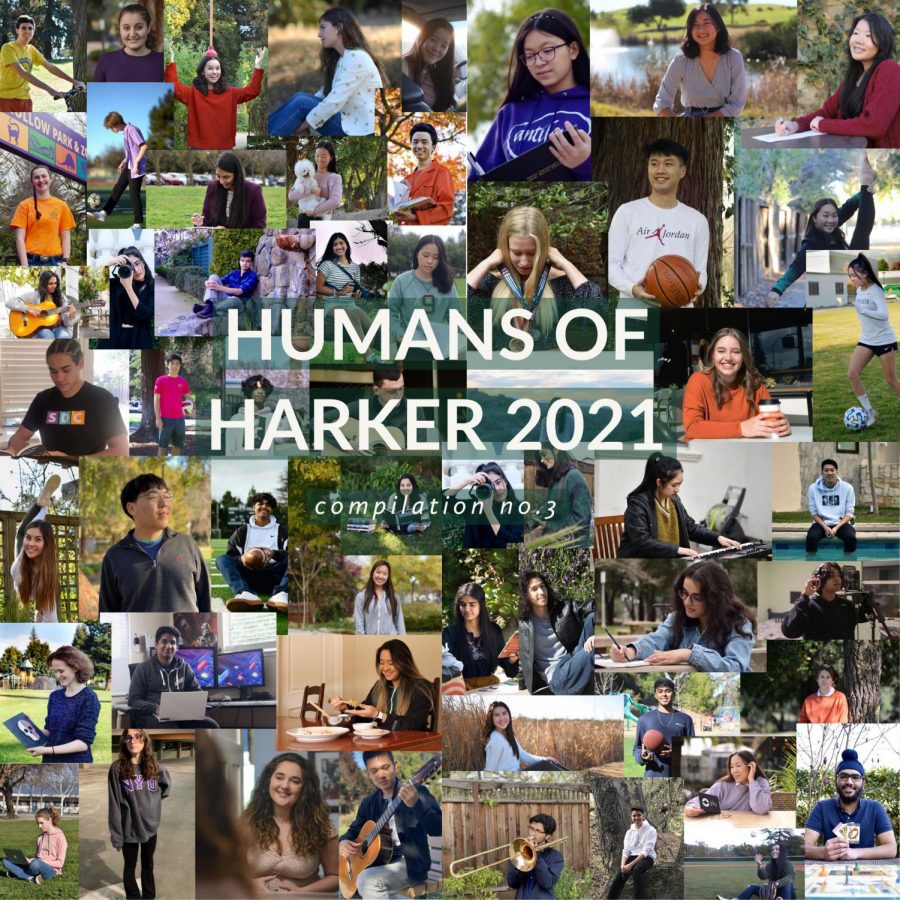



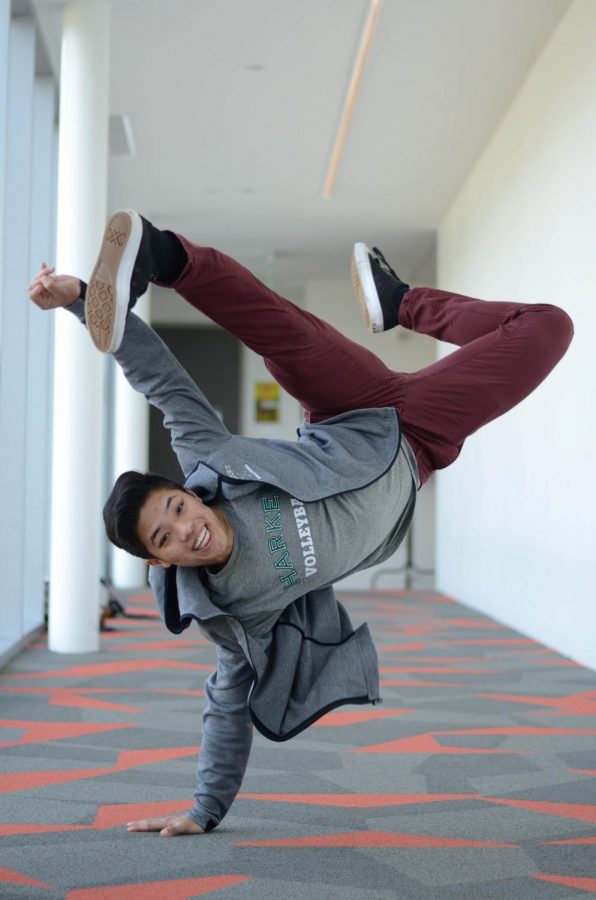
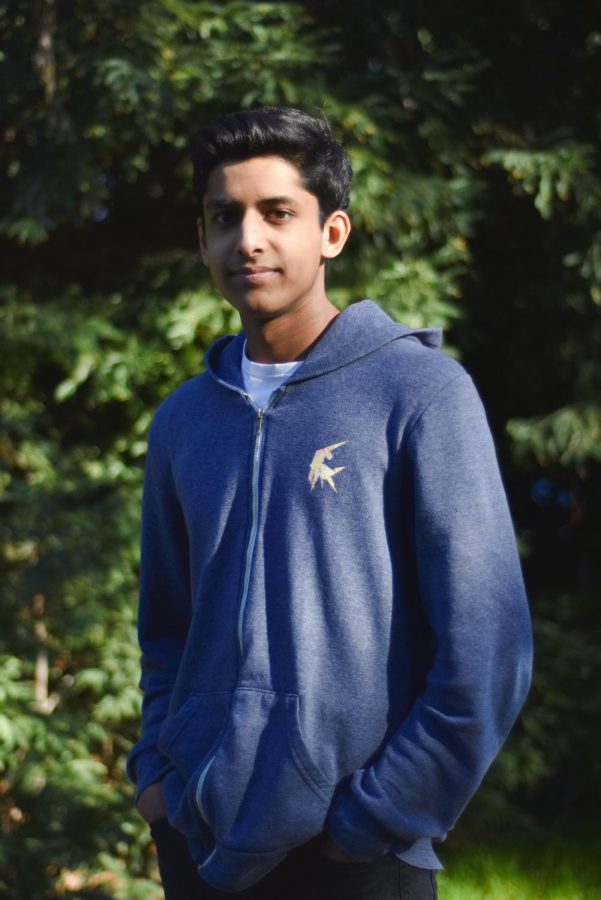

![“I think getting up in the morning and having a sense of purpose [is exciting]. I think without a certain amount of drive, life is kind of obsolete and mundane, and I think having that every single day is what makes each day unique and kind of makes life exciting,” Neymika Jain (12) said.](https://harkeraquila.com/wp-content/uploads/2017/06/Screen-Shot-2017-06-03-at-4.54.16-PM.png)
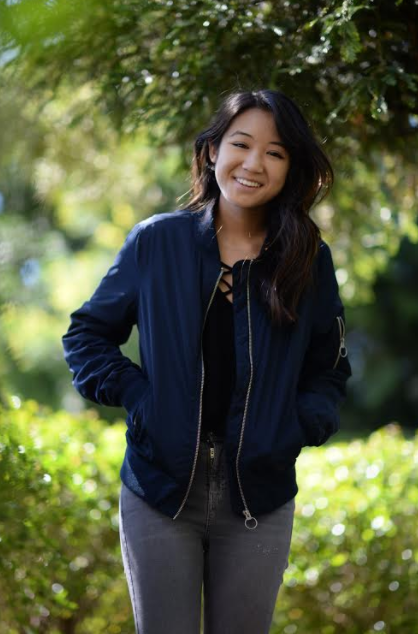







![“My slogan is ‘slow feet, don’t eat, and I’m hungry.’ You need to run fast to get where you are–you aren't going to get those championships if you aren't fast,” Angel Cervantes (12) said. “I want to do well in school on my tests and in track and win championships for my team. I live by that, [and] I can do that anywhere: in the classroom or on the field.”](https://harkeraquila.com/wp-content/uploads/2018/06/DSC5146-900x601.jpg)
![“[Volleyball has] taught me how to fall correctly, and another thing it taught is that you don’t have to be the best at something to be good at it. If you just hit the ball in a smart way, then it still scores points and you’re good at it. You could be a background player and still make a much bigger impact on the team than you would think,” Anya Gert (’20) said.](https://harkeraquila.com/wp-content/uploads/2020/06/AnnaGert_JinTuan_HoHPhotoEdited-600x900.jpeg)
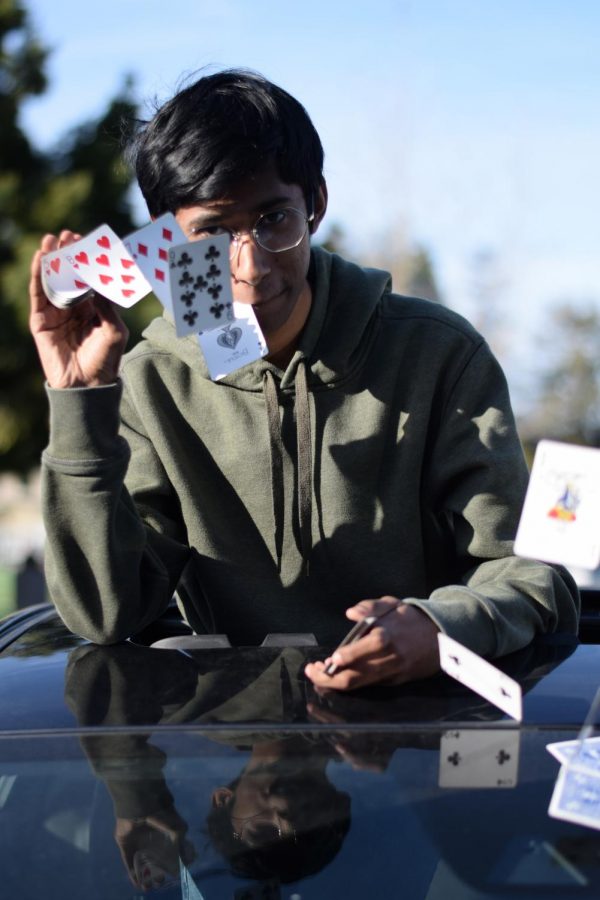
![“I'm not nearly there yet, but [my confidence has] definitely been getting better since I was pretty shy and timid coming into Harker my freshman year. I know that there's a lot of people that are really confident in what they do, and I really admire them. Everyone's so driven and that has really pushed me to kind of try to find my own place in high school and be more confident,” Alyssa Huang (’20) said.](https://harkeraquila.com/wp-content/uploads/2020/06/AlyssaHuang_EmilyChen_HoHPhoto-900x749.jpeg)

